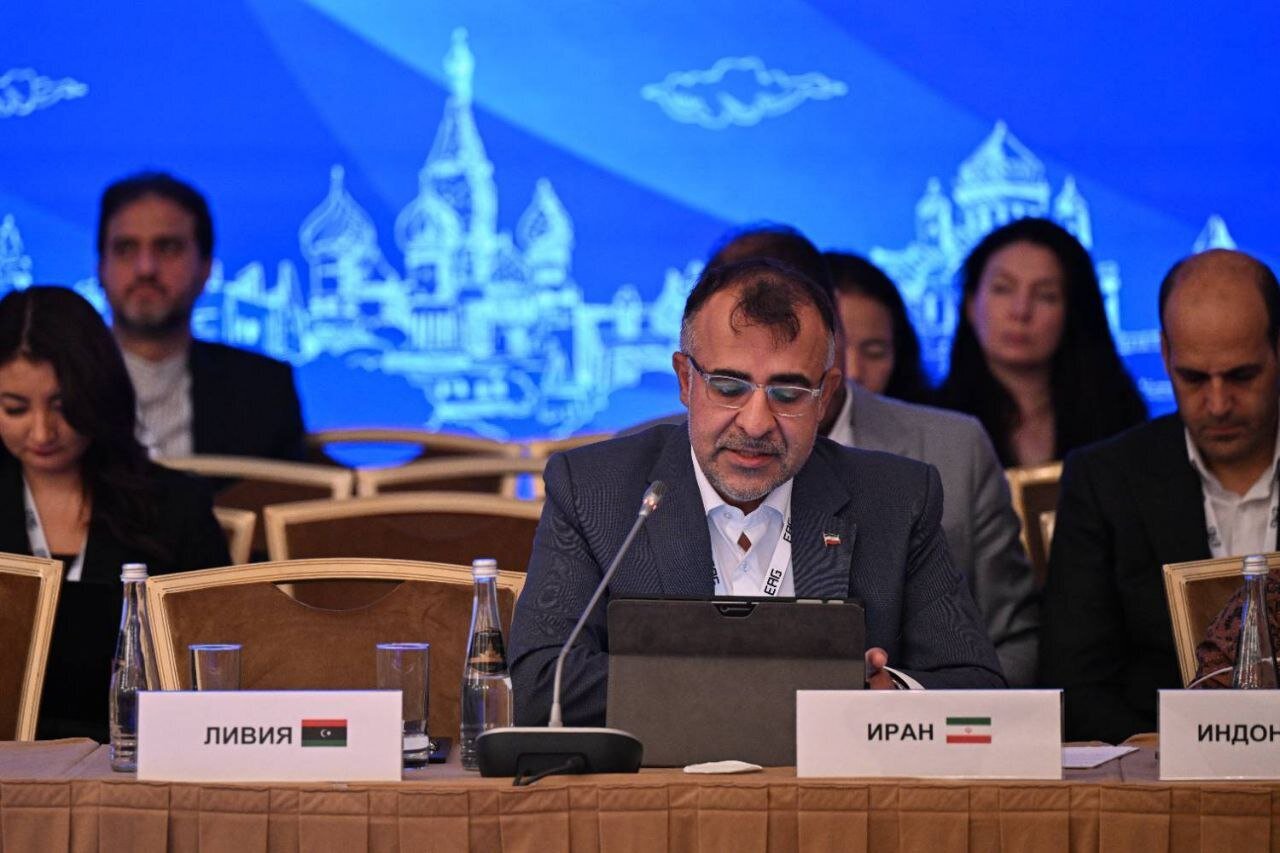
Similar Posts

Iran’s Nanotechnology Boom: Exporting Over $1 Million in Cutting-Edge Nanoproducts in Just One Year!
Iran has become a key player in the global nanotechnology market, exporting over $1 million in products, particularly in textiles and civil engineering. Iraq is a major destination, alongside neighboring countries like Afghanistan and Georgia. Notably, India, Pakistan, and the UAE are top recipients of Iranian nanomaterials. The Iranian government is enhancing support for research and startups in this sector, emphasizing its role in economic growth and technological advancement. By investing in nanotechnology, Iran aims to diversify its industries, strengthen international collaborations, and compete globally, paving the way for future innovations across various sectors.

Dynamic Iranian Business Delegation Sets Sail for Oman: A New Era of Trade Opportunities!
An 85-member trade delegation from Iran’s private sector is visiting Oman to enhance bilateral trade relations ahead of President Masoud Pezeshkian’s visit. The diverse delegation includes representatives from sectors such as engineering, food, mining, AI, petrochemicals, medical equipment, pharmaceuticals, and tourism. Key events include the Iran-Oman Business Opportunities Conference, featuring both presidents, and an Investment Forum to discuss collaborations. The trip aims to strengthen economic ties and attract Omani investors, highlighting Iran’s commitment to diversifying its economy amid shifting global trade dynamics. This initiative marks a significant step in fostering international partnerships and exploring new market opportunities.
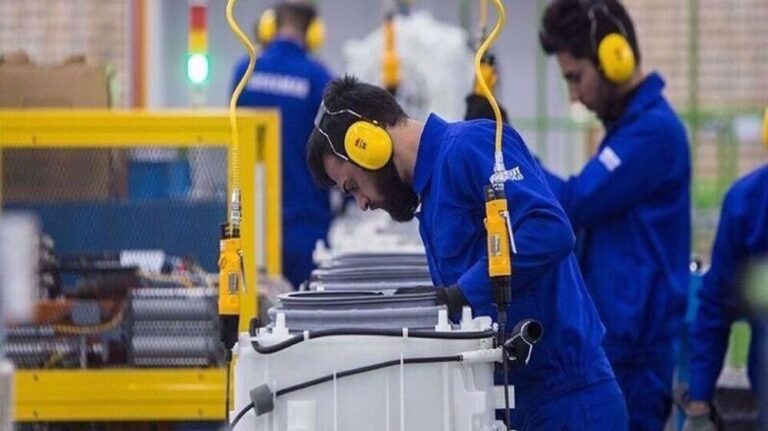
Iran’s Unemployment Rate Drops to 7.2%: A 0.4% Year-on-Year Decline This Autumn!
Iran’s job market shows signs of recovery, with the unemployment rate decreasing to 7.2% in the December quarter, down from 7.7% in June and 7.5% in September, according to the Statistical Center of Iran. Unemployment fell for both men (5.9%) and women (13.7%). Urban unemployment declined to 7.8%, while rural unemployment dropped to 5.2%. Tehran boasts the lowest rate at 4.5%, while Sistan and Baluchestan has the highest at 12.5%. Economic diversification efforts, including growth in manufacturing, mining, and agriculture, are contributing to job creation and a more resilient economy. Continued reforms are essential for sustaining these positive trends.
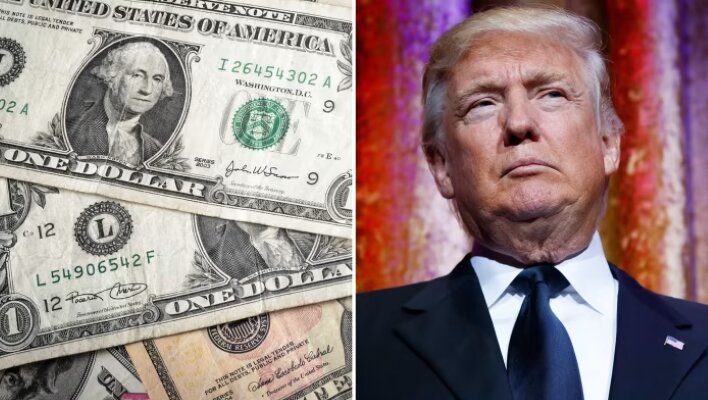
Trump Reveals Bold Move: Threatens BRICS Nations with Eye-Popping 150% Tariffs!
During a recent speech to the Republican Governors Association, former President Donald Trump expressed concerns about the BRICS nations—Brazil, Russia, India, China, and South Africa—seeking to challenge the U.S. dollar’s dominance by considering a new currency, possibly the Chinese yuan. He threatened to impose significant tariffs, stating, “any BRICS state that even mentions the destruction of the dollar will be charged a 150% tariff,” emphasizing the need to protect the dollar. Trump’s remarks highlight anxieties within the U.S. regarding the potential decline of the dollar’s status in global trade, raising questions about future trade relations with BRICS nations.
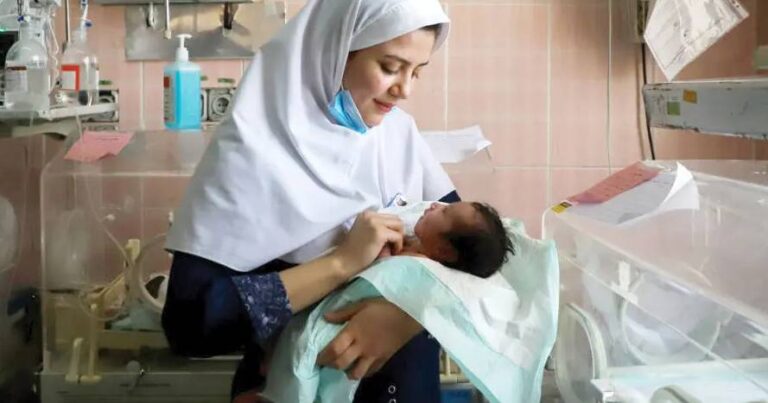
Underground Market Thrives: Eggs, Sperm, and Wombs for Sale in Iran’s Reproductive Black Market
Investigations in Iran have uncovered a network of online brokers trading reproductive materials like eggs, sperm, embryos, and surrogacy services due to a lack of legal regulation. Advertisements for these services, targeting young adults, proliferate on platforms like Divar, Instagram, and Telegram. Surrogacy costs range from 3 to 9 billion rials ($3,750 to $11,000), with specific requirements for donors. The report links this trade to a rising market for organ sales, raising ethical and legal concerns. Experts stress the need for comprehensive legislation to protect individuals and ensure ethical practices in reproductive and organ donations in Iran.
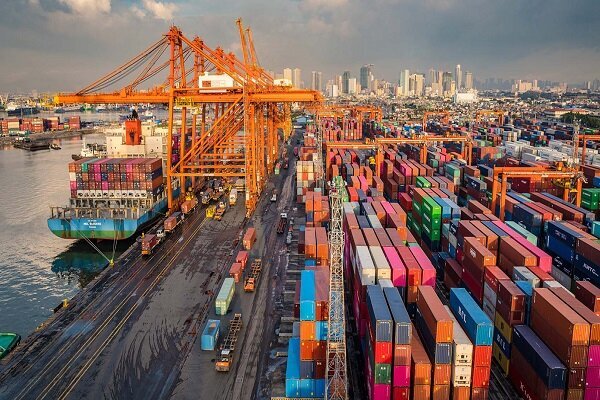
Iran’s Trade with 15 Neighboring Countries Surpasses $59 Billion: A New Economic Milestone!
Iran’s trade with its 15 neighboring countries has seen a significant rise, with trade exchanges increasing by 19.2% from March 21, 2024, to January 20, 2025, compared to the previous year. Over 93 million tons of non-oil goods were exchanged, valued at over $59 billion, reflecting a 59% increase in weight and 57.5% in value. Key importers included Iraq ($10 billion), the UAE ($5 billion), and Turkey ($961 million). Factors driving this growth include enhanced trade agreements, a diverse product range, and Iran’s strategic location. This trend underscores Iran’s role in regional economic cooperation and integration.